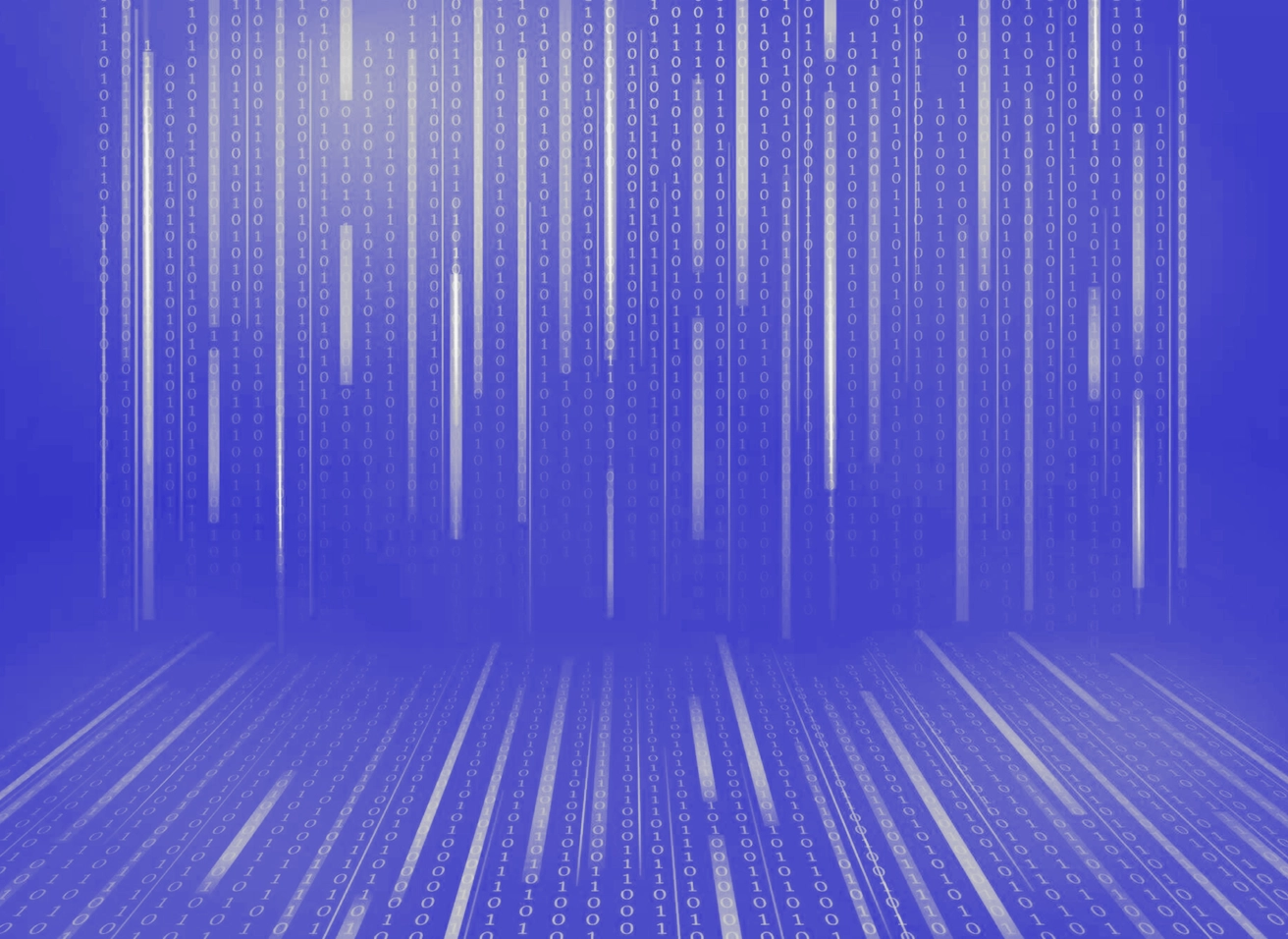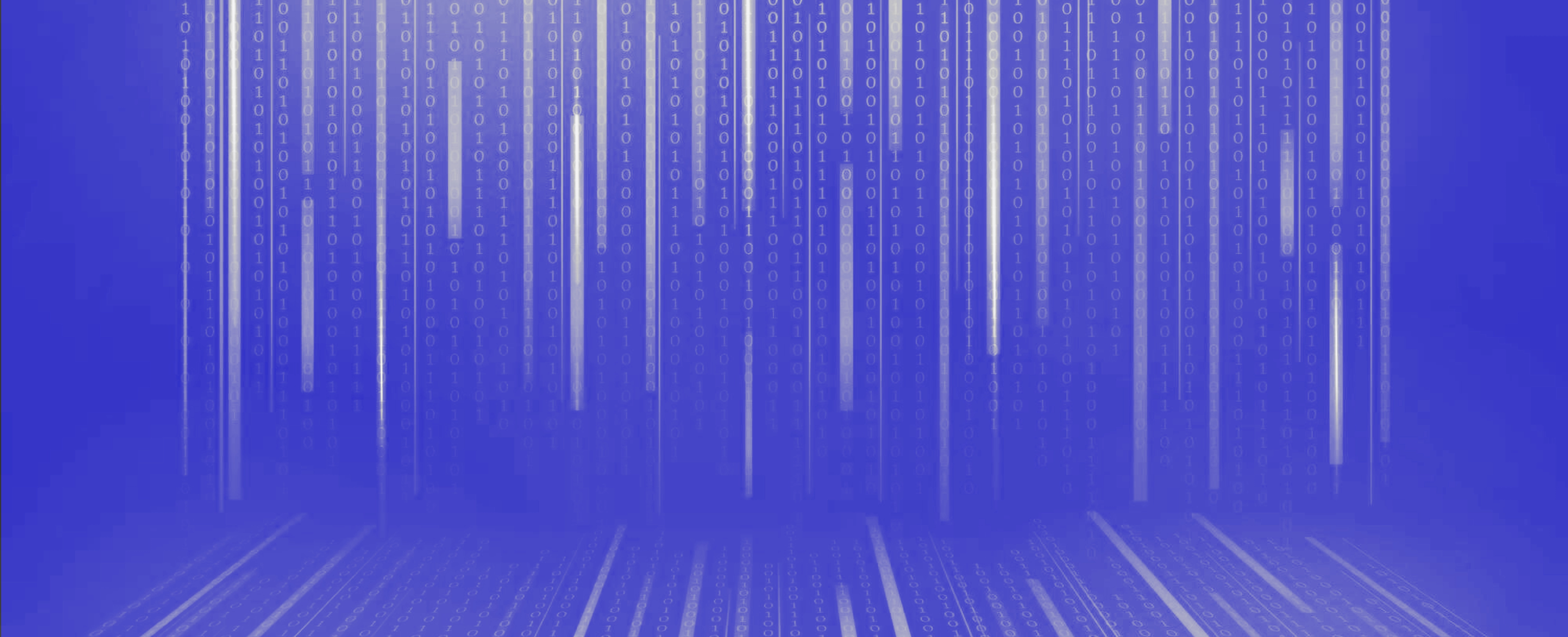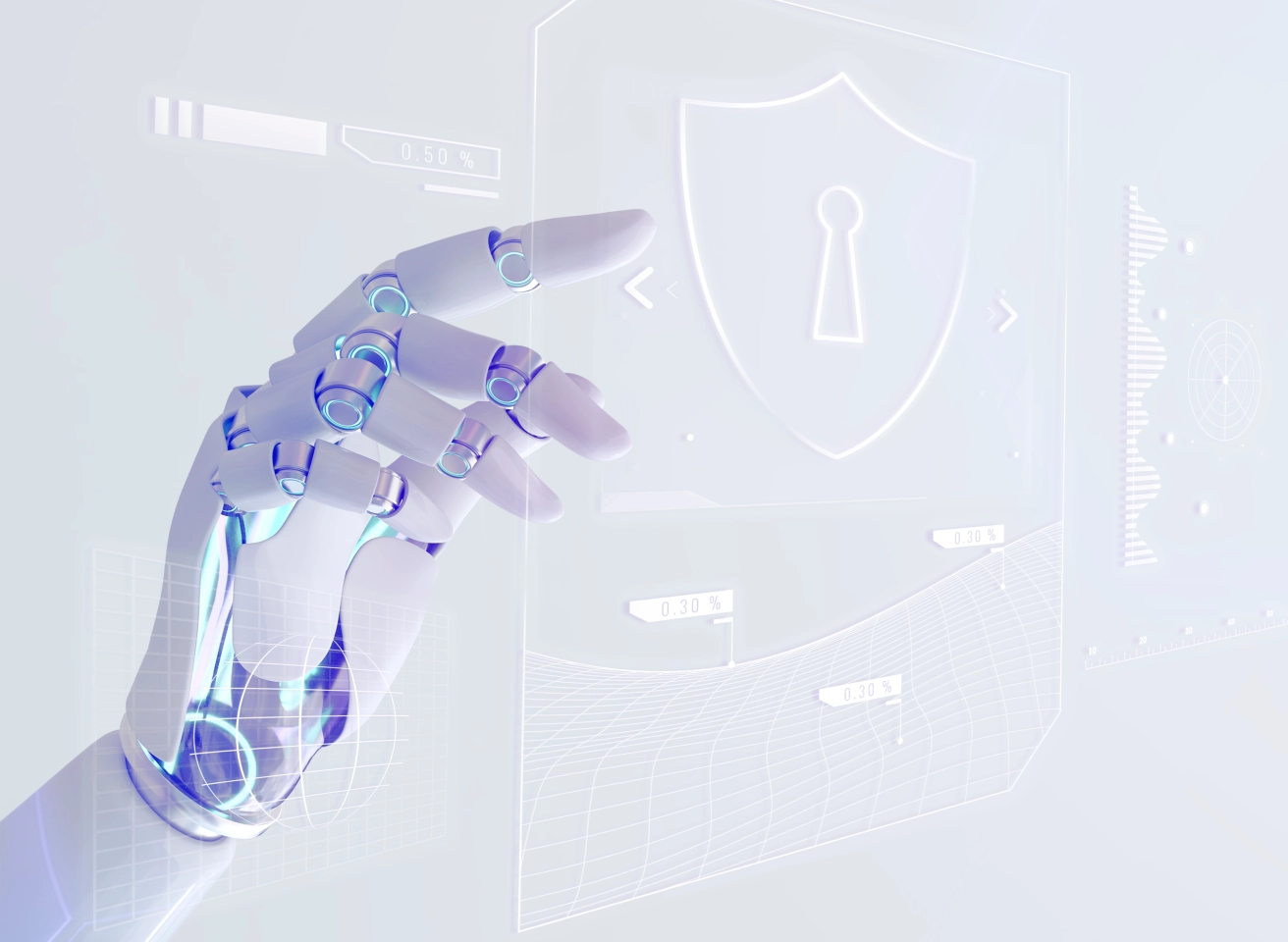2025 Cybersecurity Trends: Expert Predictions


Cybersecurity in 2025 is no longer just about defense — it’s about resilience. As attack surfaces expand and threats become more sophisticated, organizations must move beyond traditional security measures. The focus is now on proactive strategies that enable detection, mitigation, and rapid recovery from cyber incidents.
This article explores key cybersecurity trends for 2025, analyzing emerging threats and new technologies shaping the future of digital security.
Evolving Threat Landscape: What’s Changing?
Cyber threats in 2025 will be faster, smarter, and more automated. Attackers are leveraging AI, targeting supply chains, and preparing for the quantum computing era, which could break existing encryption methods.
🔹 AI-Driven Attacks: The Rise of Autonomous Threats
Cybercriminals are using AI to automate phishing, generate deepfake scams, and develop self-learning malware that can adapt in real time, bypassing traditional security systems.
▶ Example: AI-powered phishing attacks can now create hyper-personalized emails in seconds, fooling even cautious employees. In response, organizations must implement AI-driven threat detection to keep up.
🔹 Supply Chain Vulnerabilities: A Growing Attack Vector
With companies increasingly relying on third-party vendors and cloud-based services, supply chains have become a prime target for attackers.
▶ Example: In 2024, a major software provider suffered a supply chain attack, leading to data breaches across financial institutions and healthcare networks. As a result, organizations are now adopting: ✅ Real-time vendor risk assessments ✅ Software Bill of Materials (SBOM) tracking to monitor dependencies
🔹 Quantum Computing and the Encryption Challenge
Quantum advancements threaten current encryption standards. While large-scale quantum attacks aren’t imminent, enterprises are already transitioning to quantum-resistant cryptography.
▶ Example: Banks and critical infrastructure providers are testing post-quantum encryption to safeguard sensitive transactions before quantum computers become a mainstream cyber threat.
Security Strategies for 2025: What’s Next?
With threats evolving, cybersecurity strategies must shift from reactive to proactive models. Here’s how organizations are strengthening cyber resilience.
🔹 Zero Trust Becomes the Standard
The traditional perimeter-based security model is obsolete. In 2025, Zero Trust Architecture (ZTA) is becoming the default framework, enforcing continuous authentication and least-privilege access.
▶ Case Study: A global enterprise reduced unauthorized access incidents by 40% after fully implementing Zero Trust principles, including: ✅ Biometric authentication ✅ Risk-based access controls
🔹 AI-Enhanced Cyber Defense: Automating Threat Detection
Defensive AI is no longer optional. Security Operations Centers (SOCs) now leverage AI to: 🔹 Detect anomalies in real time 🔹 Automate incident response 🔹 Minimize human error
▶ Example: AI-driven Security Orchestration, Automation, and Response (SOAR) platforms now automate 80% of initial incident triage, drastically reducing dwell time and mitigating breaches before they escalate.
🔹 Cyber Resilience Over Prevention
Organizations are shifting from focusing purely on prevention to ensuring operational continuity even during cyber incidents. This means integrating:
✅ Automated backup and recovery systems ✅ Self-healing infrastructure to restart compromised services ✅ AI-driven incident response to contain threats in real time
▶ Case Study: A fintech company suffered a ransomware attack but avoided downtime by using AI-powered rollback mechanisms, restoring critical systems within minutes—without paying the ransom.
Conclusion: The Future of Cybersecurity
Cybersecurity in 2025 demands continuous adaptation. Organizations must embrace:
- AI-driven security
- Zero Trust architectures
- Proactive measures against quantum computing threats
At Bluepes, we specialize in cybersecurity solutions that protect enterprises against evolving threats.
📌 Is your organization ready for 2025? Let’s build resilience together.
Interesting For You

Future Cybersecurity Threats and How Businesses Can Prepare
Cyberattacks are no longer a question of "if" but "when". From AI-powered phishing to insider threats, businesses in every industry are grappling with increasingly complex challenges. In 2025, staying ahead means understanding the evolving threat landscape and preparing for the unexpected. In this article, we’ll explore the most pressing cybersecurity risks, real-world examples, and actionable steps your business can take to protect itself.
Read article

Scalability and Security in a Hyper-Connected World
In today’s interconnected ecosystem, scalability and security form the bedrock of successful software systems. Beyond being technical imperatives, they serve as key drivers for business growth, ensuring adaptability and resilience in high-demand environments. This is especially vital for industries like EV charging networks, fintech platforms, and logistics systems, where operational consistency and user trust are paramount.
Read article

Why Businesses Choose Self-Hosted Jitsi for Secure Video Communication
With more and more people spending time at home in recent years, finding ways to organize work well and be in touch with work teams is a top priority. There are many specialized services like Skype, Google Hangout, or Microsoft teams here to help us. But there is an interesting alternative: Jitsi, a set of open-source projects that allows you to quickly build and deploy secure video conferencing solutions for your company.
Read article



